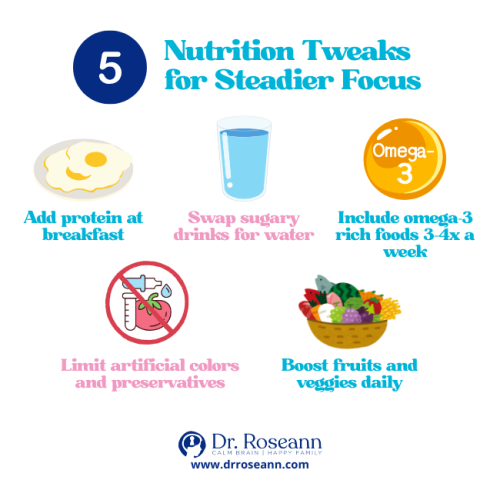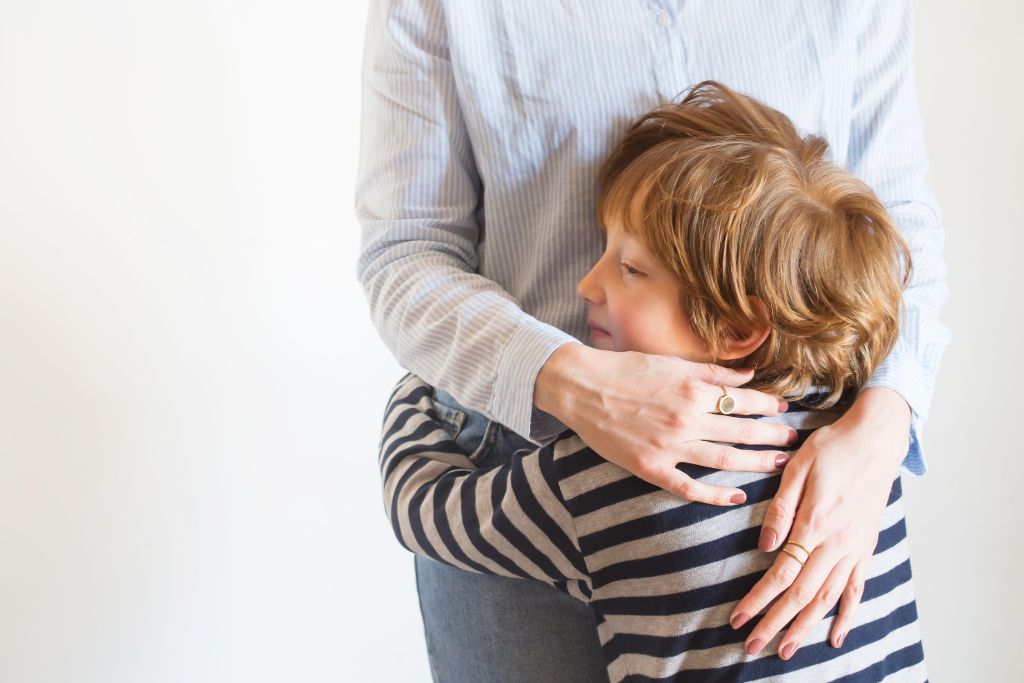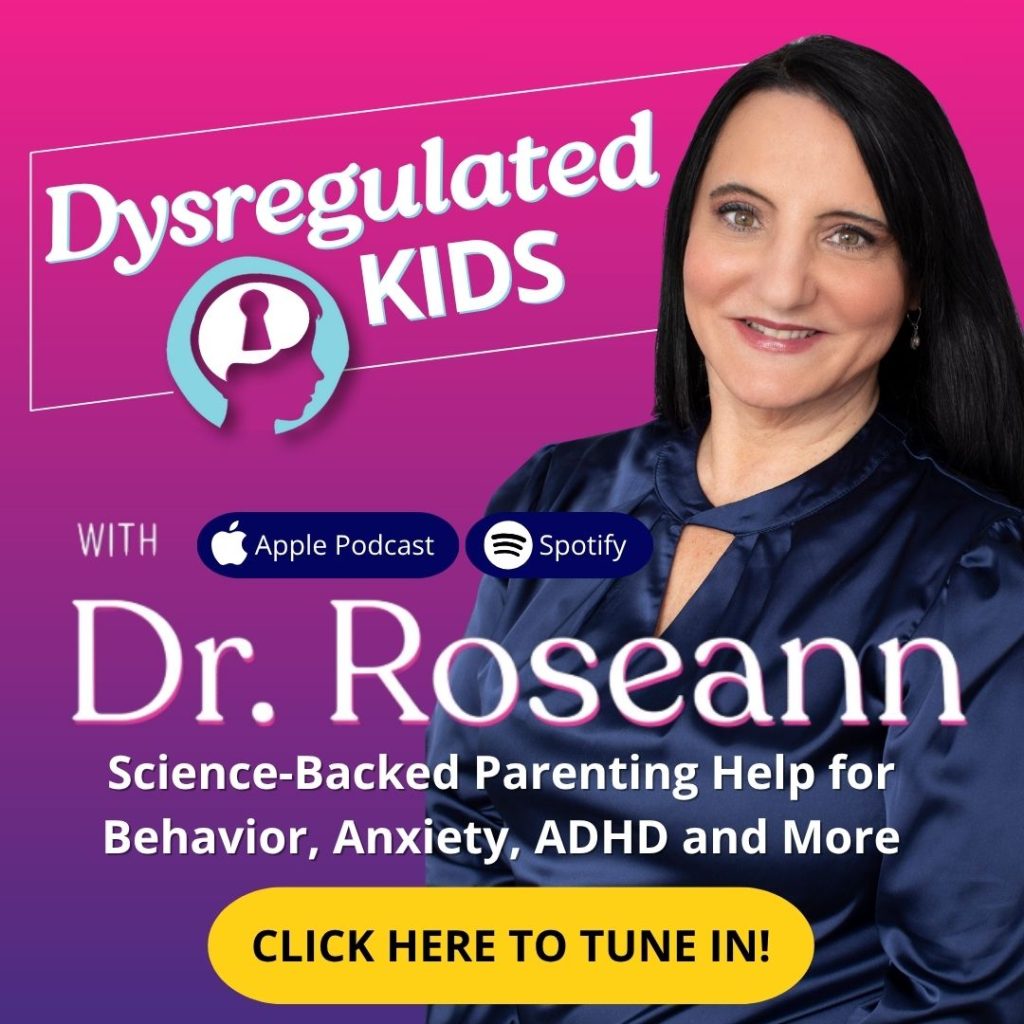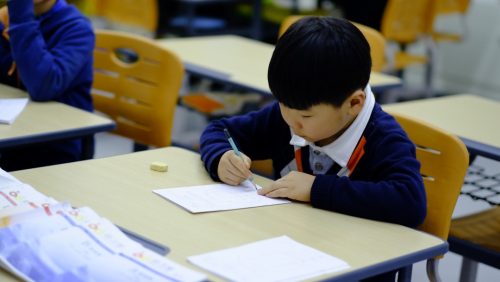ADHD can feel overwhelming, but holistic therapy for ADHD offers hope. It helps calm the brain, allowing real progress to begin.
When your child struggles to focus, sit still, or manage big emotions, it isn’t just hard on them. It weighs heavily on the whole family.
ADHD isn’t only about attention or behavior. It’s about a brain that’s out of rhythm and needs support. With holistic care, we look beyond symptoms to nurture the whole child—mind, body, and nervous system.
In this guide, you’ll find simple, proven strategies like better nutrition, neurofeedback, and parent-led tools. These help your child feel calmer, more focused, and ready to thrive.
What Is Considered Holistic Therapy for ADHD?
Holistic therapy looks at the whole child—brain, body, sleep, school, emotions, and environment. Not just on symptoms.
We start by calming the nervous system, because behavior is communication. A dysregulated brain can’t learn new skills well.
My framework is simple: Regulate. Connect. Correct. We regulate first, build connection next, and then teach skills and set limits that stick.
Key Ways Holistic Care Supports ADHD
- Brain-based tools: QEEG brain mapping, neurofeedback, and sensory strategies
- Lifestyle: sleep, movement, nutrition, hydration, detox-lite habits
- Skills: CBT/behavioral strategies, coping skills, social skills
Environment: school supports (IEP/504), routines, visual structure

How Holistic Therapy Is Different From ADHD Medication
Medication can be helpful for some, but it doesn’t teach the brain and body how to self-regulate. Holistic care targets root causes (e.g., sleep debt, nutrient gaps, sensory overload, stress physiology). It builds skills and habits that last.
Fast Facts
- Meds may reduce symptoms temporarily; holistic tools build capacity (focus, calm, organization).
- Side effects (appetite, sleep) can limit medication use; natural strategies often have compounding benefits.
- The sweet spot for many families is a smart combo of approaches tailored to your child.

Natural Remedies and Lifestyle Changes That Help ADHD Symptoms
Small daily shifts add up. Start with the low-effort, high-impact basics to bring the nervous system back into balance.
Starter List (Pick 2–3 This Week)
- Sleep routine: consistent bed/wake times; dark/cool room; limit late screens
- Movement breaks: 15–20 minutes of daily aerobic exercise can improve attention (Cerrillo-Urbina et al., 2015).
- Hydration + protein: water every 2–3 hours; protein at breakfast and lunch
- Sensory input: heavy work (wall pushes, animal walks), weighted lap pad during homework
- Mindful minutes: 3–5 slow breaths before transitions
Parent story:
Mia’s 10-year-old “lived on empty.” They added a protein-rich breakfast, an after-school bike ride, and lights-out by 9 PM. In two weeks, homework battles were shorter and mornings were calmer.
Takeaway: Consistency beats intensity—stack tiny habits.
Can Neurofeedback and Mindfulness Calm the ADHD Brain?
Yes—when the brain is calmer, skills stick. Neurofeedback uses feedback from brainwave activity. It helps a child learn more regulated patterns over time.
Mindfulness and slow breathing shift the nervous system from “fight/flight” into a more focused state. This reduces impulsivity and reactivity.
What To Try
- Neurofeedback: non-invasive brain training delivered in-office or at home (under professional guidance)
- Mindfulness micro-practices: 5-5-5 breath (inhale 5, exhale 5, repeat 5x) before tasks
- Yoga/slow movement: supports body awareness and downshifts arousal (Cerrillo-Urbina et al., 2015)
“ADHD isn’t a disorder of knowing what to do; it’s a disorder of doing what you know.” — Russell A. Barkley, PhD (2014).
How Diet and Supplements Improve Focus and Behavior
Food is fuel for attention. Some kids are sensitive to artificial colors/preservatives. Meanwhile, many benefit from omega-3 fatty acids and targeted nutrients.
Evidence Snapshot
- Elimination diets (short-term, structured) improved behavior in some children (Pelsser et al., 2011).
- Omega-3s show modest but meaningful support for attention/behavior (Bloch & Qawasmi, 2011).
Actionable Steps
- Crowd in: colorful produce, omega-3 sources (salmon, sardines, walnuts), high-fiber carbs
- Crowd out: ultra-processed snacks, artificial dyes, sugary drinks
- Ask your clinician about zinc or magnesium if intake is low; personalize, don’t guess
Parent story:
After two weeks of colored-drink swaps and a fish-twice-weekly plan, Riza’s son had fewer “crash” afternoons.
Takeaway: Don’t overhaul; iterate—one swap at a time.

Role Parents Play In Supporting ADHD Through Holistic Approaches
Parents are the regulatory leaders. Your calm nervous system is the fastest way to help your child settle. That’s why my method centers: Regulate → Connect → Correct.™
Practical Parent Playbook
- Regulate yourself first: box breath, shoulder drop, label your own feeling
- Connect before correct: “You’re overwhelmed; let’s breathe together.”
- Correct with clarity: one-step directions, visual checklist, positive practicing
- School partnership: request movement breaks, chunked tasks, and preferential seating
“You can’t teach a dysregulated brain.”
When To Combine Holistic Therapies With Traditional ADHD Treatments
When a child needs a bridge while holistic supports take root, talk with your provider about adding or adjusting medication. Think both/and, not either/or.
Good times to consider a blend:
- Dangerous impulsivity or severe school refusal
- Marked sleep loss from anxiety/hyperarousal
- After you’ve built routines but still need extra support
“The goal is functioning, not perfection.” — Clinical aphorism, ADHD care team
What A Personalized ADHD Holistic Treatment Plan Looks Like
Here’s a sample whole-child plan you can tailor:
Daily
- Sleep: 9–11 hours (age-dependent), same schedule daily
- Movement: 20 minutes of cardio + 2–3 sensory breaks
- Food: protein at breakfast; omega-3 sources 3–4x/week; water bottle check-ins
- Skills: 5 breaths before transitions; 10-minute homework warm-up with visuals
Weekly
- Therapy: CBT/behavioral coaching (organization, coping)
- Parent training: one new co-regulation or limit-setting tool
- School: review accommodations; pre-teach upcoming transitions
As needed (with pros)
- Neurofeedback program; QEEG to individualize targets
- Targeted supplements guided by a clinician
- Medication trial/adjustment if risks/impairment remain high
Finding Hope with Holistic Therapy for ADHD
When we begin with the brain, everything gets easier. Holistic therapy for ADHD puts regulation first. It combines habits, skills, and supportive care so your child can feel safe, focused, and proud.
You’re not alone, and it’s absolutely possible to create calm at home and success at school. Regulate. Connect. Correct.™
Next step: Grab the free Neurotransmitters Guide. You can also explore my posts on emotion regulation and ADHD treatment planning for deeper strategies
FAQs About Holistic Therapy for ADHD
How quickly will holistic strategies help?
Some families see calmer mornings within 1–2 weeks of sleep, hydration, and routine tweaks. Brain-based changes (e.g., neurofeedback, skill-building) build over weeks to months.
Is holistic therapy safe to use with medication?
Yes—most natural ADHD treatments (sleep, nutrition, movement, CBT) pair well with meds. Always coordinate with your prescriber for supplement interactions.
What if my child refuses mindfulness or exercise?
Make it short and fun: 60 seconds of breathing with a timer, 5 push-ups against the wall, or a race to the mailbox. Choice + novelty reduces resistance.
Do schools recognize holistic supports?
Absolutely. Ask for sensory breaks, visual schedules, chunked tasks, and movement seating in a 504/IEP. Tie requests to functional goals (on-task time, work completion).
Terminology
- Dysregulation: A nervous system stuck in “too high” or “too low,” making it hard to focus, follow directions, or manage emotions.
- Co-regulation: An adult’s calm presence and tools that help a child’s brain settle.
- QEEG: A brain map showing patterns (like over/under-activation) that can guide neurofeedback.
- Neurofeedback: Non-invasive training that helps the brain learn steadier patterns.
- CBT: Cognitive behavioral therapy—skills for thinking, feeling, and behaving more effectively.
Citations
Bloch, M. H., & Qawasmi, A. (2011). Omega-3 fatty acid supplementation for the treatment of children with attention-deficit/hyperactivity disorder symptomatology: Systematic review and meta-analysis. Journal of the American Academy of Child & Adolescent Psychiatry, 50(10), 991–1000. https://doi.org/10.1016/j.jaac.2011.06.008
Cerrillo-Urbina, A. J., García-Hermoso, A., Sánchez-López, M., Pardo-Guijarro, M. J., Santos Gómez, J. L., & Martínez-Vizcaíno, V. (2015). The effects of physical exercise in children with attention deficit hyperactivity disorder: A systematic review and meta-analysis of randomized control trials. Child: Care, Health and Development, 41(6), 779–788. https://doi.org/10.1111/cch.12255
Pelsser, L. M., Frankena, K., Toorman, J., Savelkoul, H. F., Dubois, A. E., Pereira, R. R., … & Buitelaar, J. K. (2011). Effects of a restricted elimination diet on the behaviour of children with ADHD (INCA study): A randomised controlled trial. The Lancet, 377(9764), 494–503. https://doi.org/10.1016/S0140-6736(10)62227-1
Always remember… “Calm Brain, Happy Family™”
Disclaimer: This article is not intended to give health advice, and it is recommended to consult with a physician before beginning any new wellness regimen. The effectiveness of diagnosis and treatment varies by patient and condition. Dr. Roseann Capanna-Hodge, LLC does not guarantee specific results.
Are you looking for SOLUTIONS for your struggling child or teen?
Dr. Roseann and her team are all about science-backed solutions, so you are in the right place!
©Roseann Capanna-Hodge










